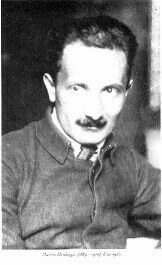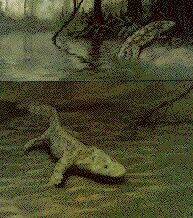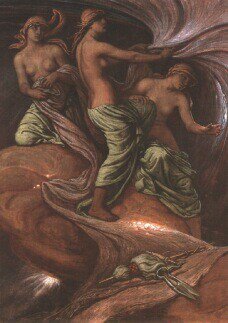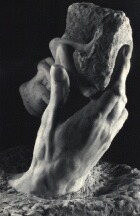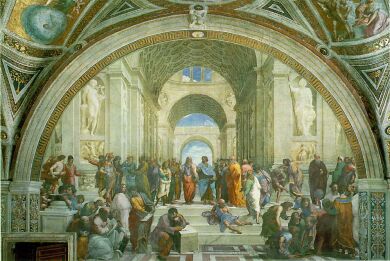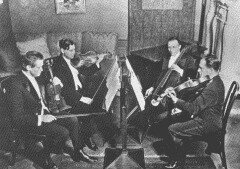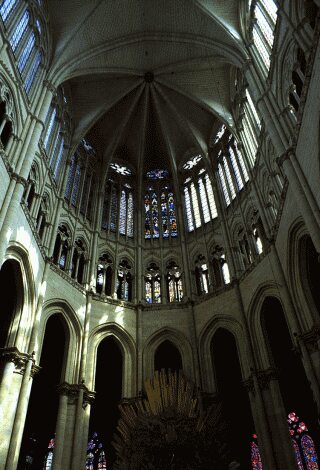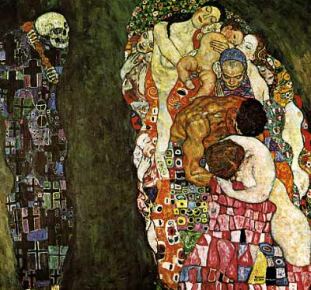All of these efforts can be felt to come up against a limit where they 'spin their wheels': in attempting to thematize time they demonstrate that they are out of their element:
 Thinking
cannot
re-present what belongs to time's experience. Only when thinking
recognizes itself outside of standards set by its dependence on
forming and using re-presentations such as ideas can such limits
dissolve: Those bridges with other times; 'mental pictures', words
and especially ideas; are made-to-stand by the part of presence we
are able to divert from the actual present; that part of presence
we use for re-presenting then comes to persuade us to accept
it as the entire measure of what is actually
present.
Thinking
cannot
re-present what belongs to time's experience. Only when thinking
recognizes itself outside of standards set by its dependence on
forming and using re-presentations such as ideas can such limits
dissolve: Those bridges with other times; 'mental pictures', words
and especially ideas; are made-to-stand by the part of presence we
are able to divert from the actual present; that part of presence
we use for re-presenting then comes to persuade us to accept
it as the entire measure of what is actually
present.